New York City is the hub for many wig makers and masters, whose salons cater to individuals’ eclectic needs and personal preferences. From cutting an auburn-colored bob with blunt bangs for the everyday woman to creating a custom look for an A-list celebrity, these local salon owners have seen it all during their careers. They provided some insights into wig culture, their roots and their own experiences as wig experts.
Shevy Emanuel, founder of Shevy Wigs, the number one worldwide supplier of top-quality European human hair wigs
“You know that [Iris Apfel] quote, right? ‘If your hair is done properly and you’re wearing good shoes, you can get away with anything.’”
On why she got into the business, after being trained as a hairdresser:
“Our community is a lot of religious people in Brooklyn and a lot of them wear wigs. Twenty years ago, I saw a need for a high-quality wig that was not just custom-made– back then, wigs were selling for over $1,000. It was a lot of money for a lot of people who couldn’t afford [them], or they didn’t want to go through the weight of having a wig that’s just custom-made. It’s time-consuming and expensive. I wanted to have like a couture wig that was ready to wear, in a sense.”
“I started creating a whole line of wigs that is available in different sizes, colors, lengths, textures, that somebody could kind of see the finished product before they actually [buy it]. You go and try it on, see if it’s comfortable – it’s no longer going through the whole process of waiting and not being sure of what it’s going to look like. I wanted it to be more affordable and more reachable for more people, both in the medical and religious communities.”
On the trend with middle-aged women purchasing and wearing wigs as a means to look younger (versus wearing makeup or getting Botox):
“You can do as much Botox as you want, but if you don’t have good hair (if it’s thin, not looking good, not shaping well), then I don’t think any amount of Botox will make you feel good. It may make you feel good, but it won’t achieve kind of putting together the whole look.”
“I really believe that, for women who are older, it’s a great alternative for thinning hair, hair loss or hair damage. It’s very hard to have beautiful hair when you get older, especially.”
On the looks that’ll be in style by the spring:
“Hair was very much like one length, not so much layering. I think we’re going back into the shaggier [looks], unfinished ends and looking a little bit more broken up, a little bit more layering than what we were doing beforehand.”
Isaac Davidson, founder of Wig Bar
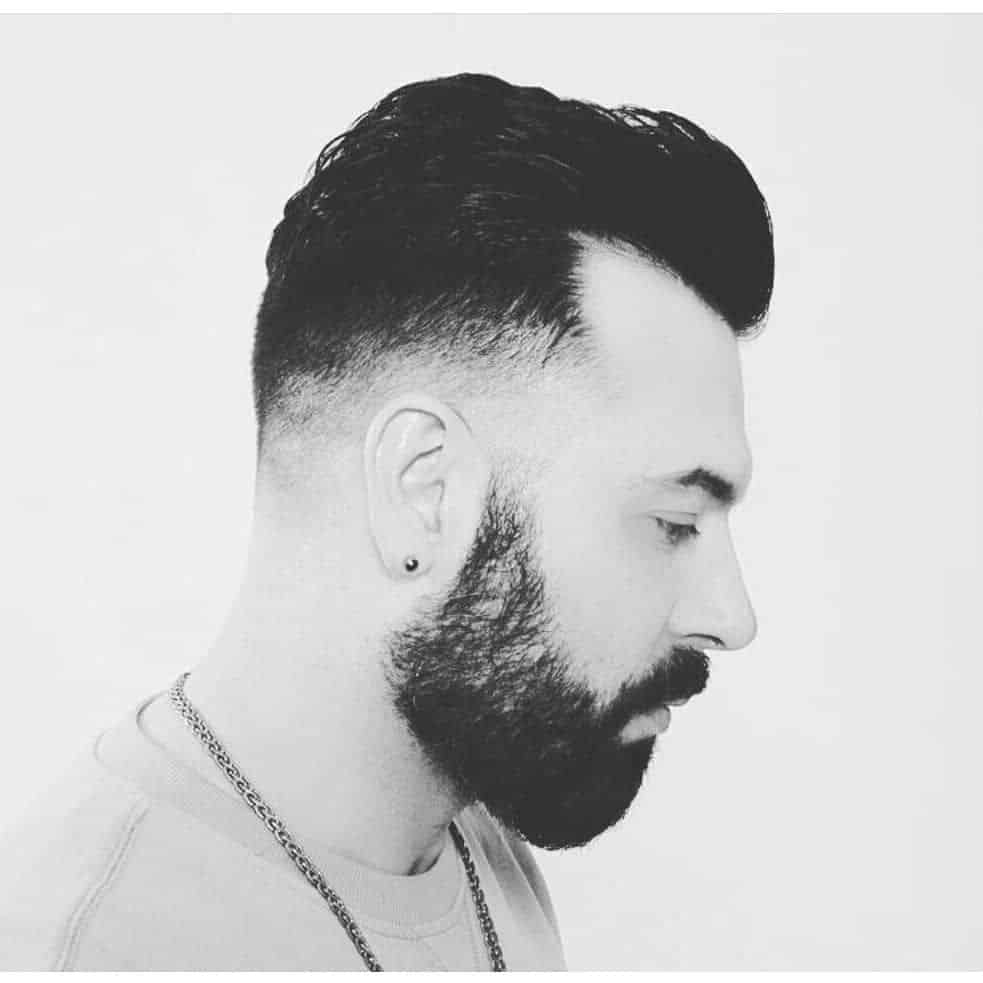
“Wigs are misunderstood a lot. I’m happy they’re becoming more common and socially accepted for everyday people. Some people need to wear wigs for medical reasons. It’s obviously a very traumatizing experience that goes far beyond the hair, so I always like people to know we can make it a fun experience. In addition, real-looking wigs are available for everyone nowadays. The word ‘wig’ doesn’t have to be negative in the situation.”
On wigs being considered fashion accessories:
“Wigs are definitely a fashion accessory – think Cher or RuPaul’s Drag Race; it makes the outfit. I have clients who literally have wigs for everything; they change the style daily. I have a friend whose bedroom was inspired by Dolly [Parton]’s wig room. She has a wig for every occasion. A lot of drag queens refer to their wigs as ‘HATS’ – I love it … I believe that social media has made that happen more so.”
On the evolution and popularity of wig-wearing by men:
“Men have been wearing wigs, on and off, forever. It was a status signal for men to wear elaborate wigs and makeup [from] 1600 into the 1700s. We’re having an amazing renaissance in the modern time – I love it! I remember when [Bravo TV series] Make Me a Supermodel wanted to add wigs to the boys. They [didn’t] really know how to describe it or how it would work … now it feels just normal.”
On how wig construction has changed within the industry since entering it in 2002:
“The core construction has stayed pretty much the same. However, it has become more accessible … for example, when I started in the late ’90s, no one heard of a lace front wig. It was for film, TV, theater and such. We had to make them by hand! Now, lace wigs are a standard at every beauty supply. It’s great! We can focus more on design, customizing and fine-tuning. That said, most ‘shake and go’ lace wigs are definitely not film- or theater-quality, but most people don’t need [them] to be. With a little love and education from a professional, they can be good for a lot of situations. There truly is nothing like a completely custom-made wig though – it fits like a glove!”
On his highest priced wig:
“Wigs are all over the place, as far as pricing goes [with] so many factors. I’ve definitely had wigs hit around $5000. I remember we had to find this specific hair from Russia in a natural red-color baby hair, super long, in 48 hours. It cost a fortune; that’s an extreme case. I had a client, years ago, ask me to do hair extensions on her horse; that was definitely pricey.”
Claire Grunwald, CEO of Claire’s Wig Studio
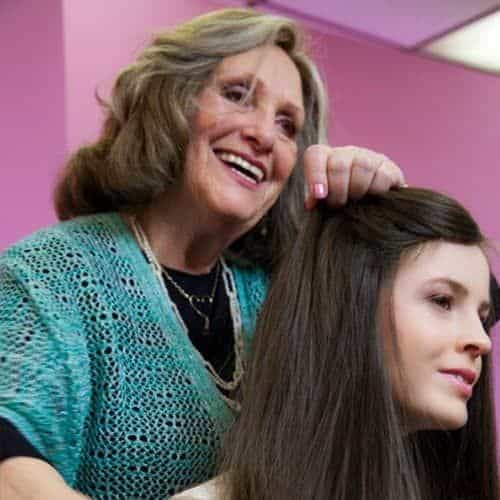
“When I got married, I had to cover my hair [according to Halakha, the Jewish law that a women must cover her hair in public after marriage]. I learned how to make the best wigs, and that’s what I’ve been doing. I’m a perfectionist.”
A Holocaust survivor from Hungary, Grunwald, 87, learned the business as a teenager when she was an apprentice to a German wig maker for three years (outside Nuremberg after World War II). When she immigrated to America in 1949 at 17, she landed a job at a wig salon near Fifth Avenue in Manhattan. Then Grunwald started making wigs for herself in her home because the wigs she had been wearing made her look twice her age.
On the wig-making process at her business:
“It’s a very tedious job because it’s hand-tied. It’s like knitting a sweater or making a rug. Each hair gets tied into the wig separately. I know there are different modes, of course, [like] making machine-made wigs and machine-sewing [hair] into the base of the cap. What I do takes about 60 working hours, at least – everything from taking measurements to finishing it. One person blends the hair, one person takes measurements and one person makes the cap handmade. Another person blends the hair and another person ties the hair into the wig, according to design. I usually like to follow the natural root direction that the hair goes [when designing a custom wig] because each head is different. Some people have a left part, right part – and we have to follow it because [otherwise] it’ll look off balanced.”
On some of the clients who walk into her shop:
“I used to have all the young people in the [Orthodox Jewish] religious community – I lost that. I lost most of them because the hair that I’m using is very expensive. So far, right now, most of my business is the baby boomers who are getting to be 60 or 70, and they want to look young – and looking young is important. We want to look good – even when you’re old, you want to look good no matter what. I once had a client who just had a facelift and she didn’t have enough hair to cover her scar, so she came and bought a wig. When I put the wig on her, she looked 10 years younger. She said she would have come to me first, that she wouldn’t have done the facelift. Hair does marvelous, magnificent things for you, even for men.”
Top photo of Claire and her daughters. Photo by Nancy Yachnes of Sparkle Photography. Photo from Claire’s Wig Studio’s website.
Author
-

George Fiala has worked in radio, newspapers and direct marketing his whole life, except for when he was a vendor at Shea Stadium, pizza and cheesesteak maker in Lancaster, PA, and an occasional comic book dealer. He studied English and drinking in college, international relations at the New School, and in his spare time plays drums and fixes pinball machines.
View all posts
George Fiala has worked in radio, newspapers and direct marketing his whole life, except for when he was a vendor at Shea Stadium, pizza and cheesesteak maker in Lancaster, PA, and an occasional comic book dealer. He studied English and drinking in college, international relations at the New School, and in his spare time plays drums and fixes pinball machines.

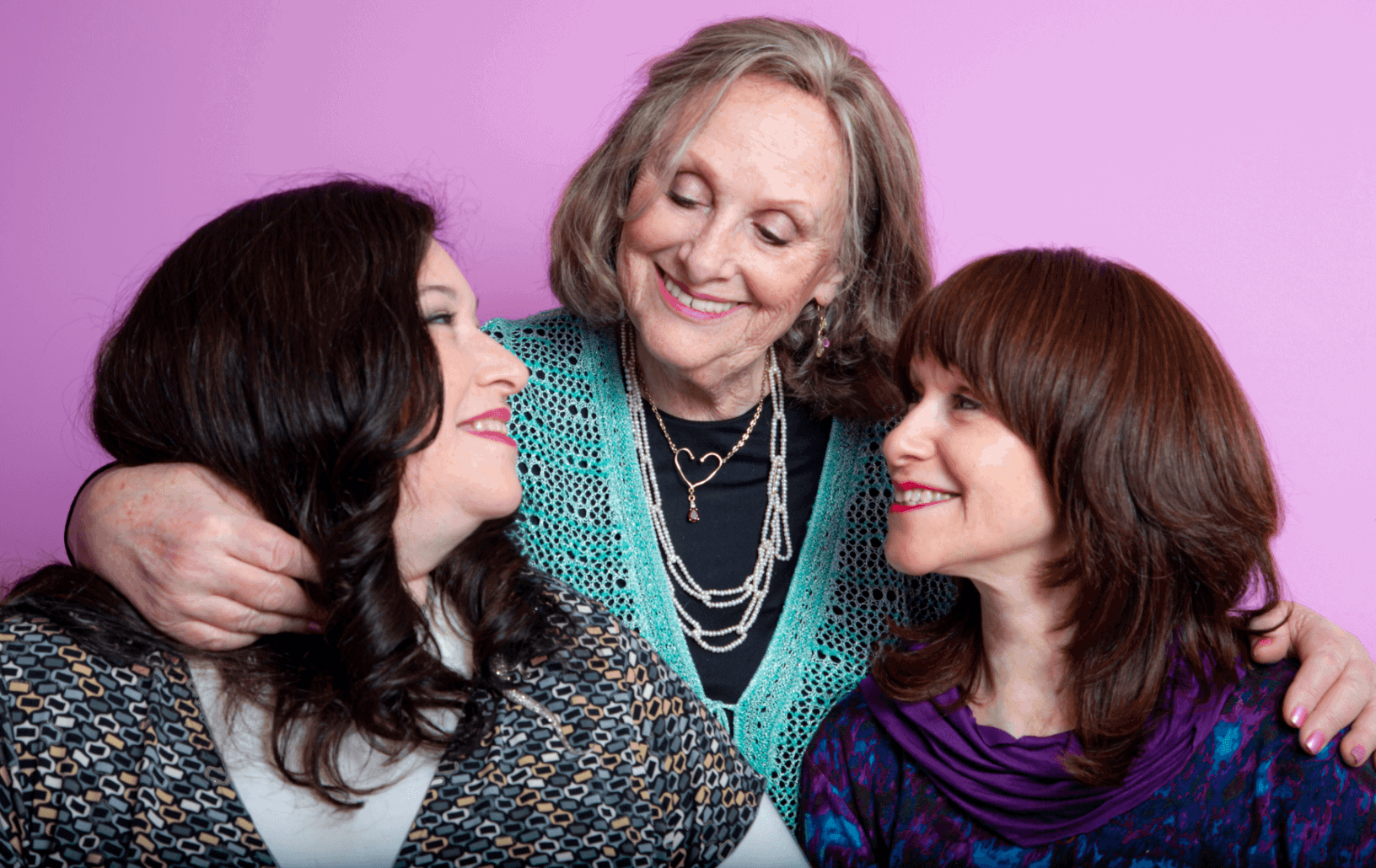
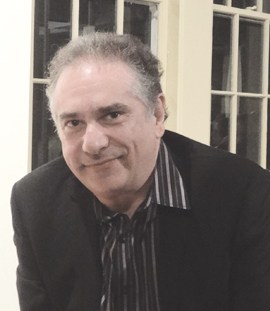





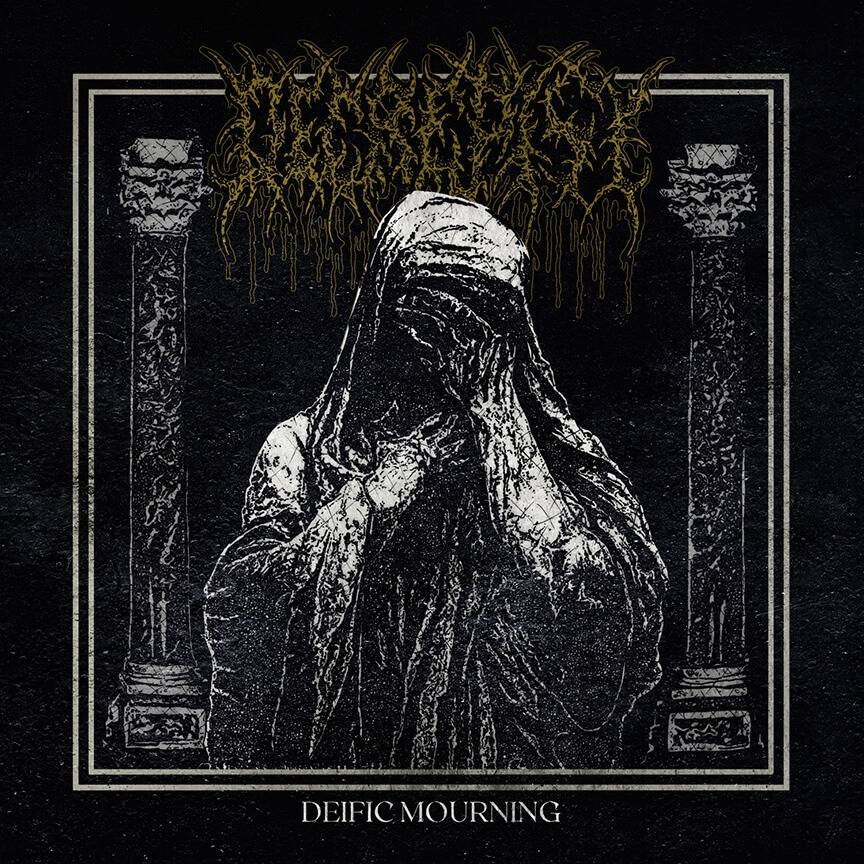
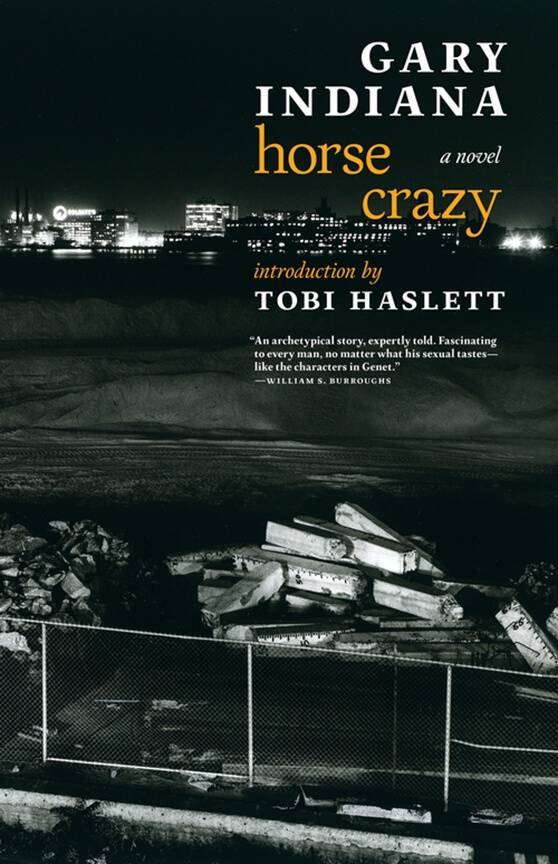
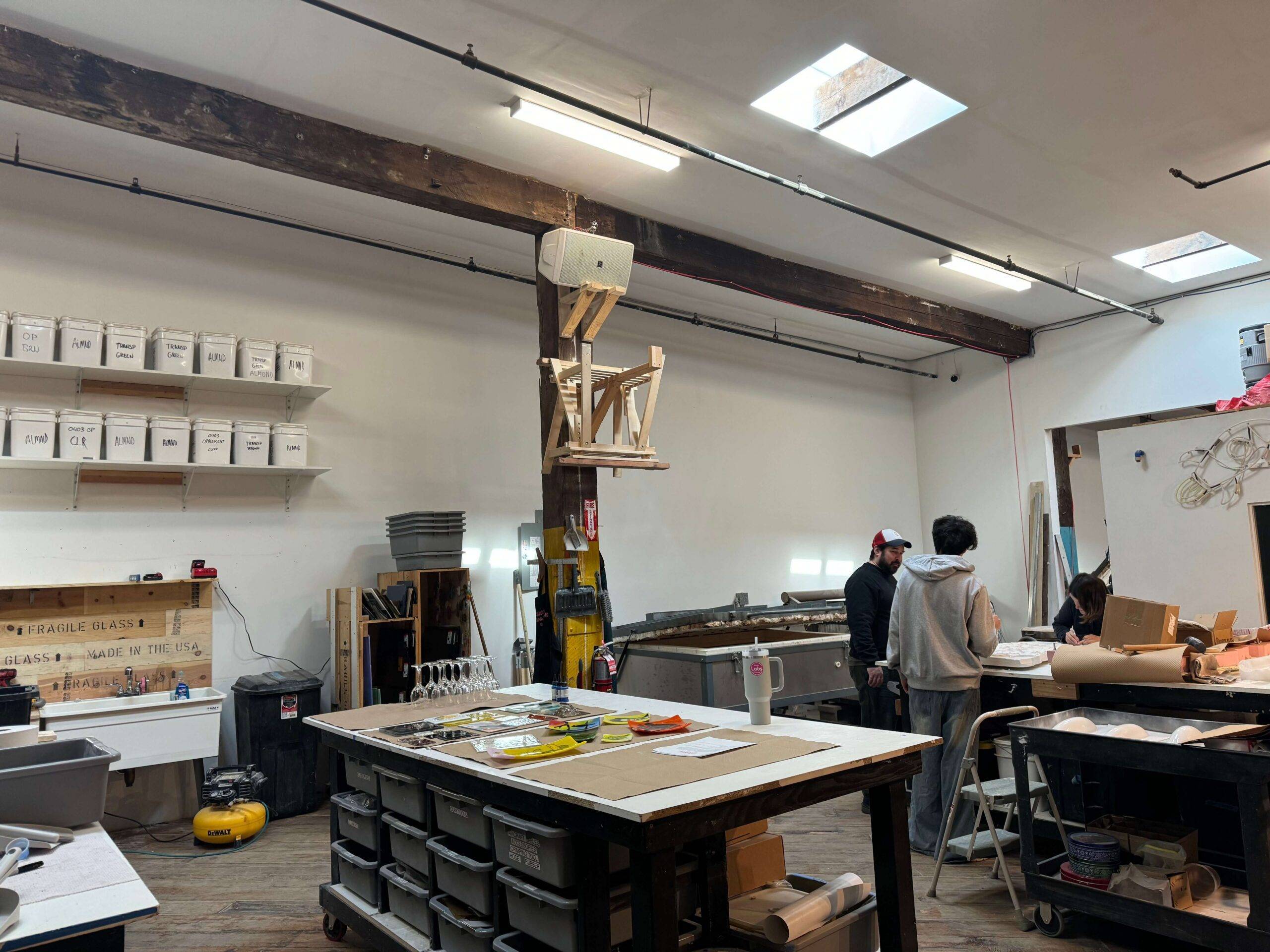
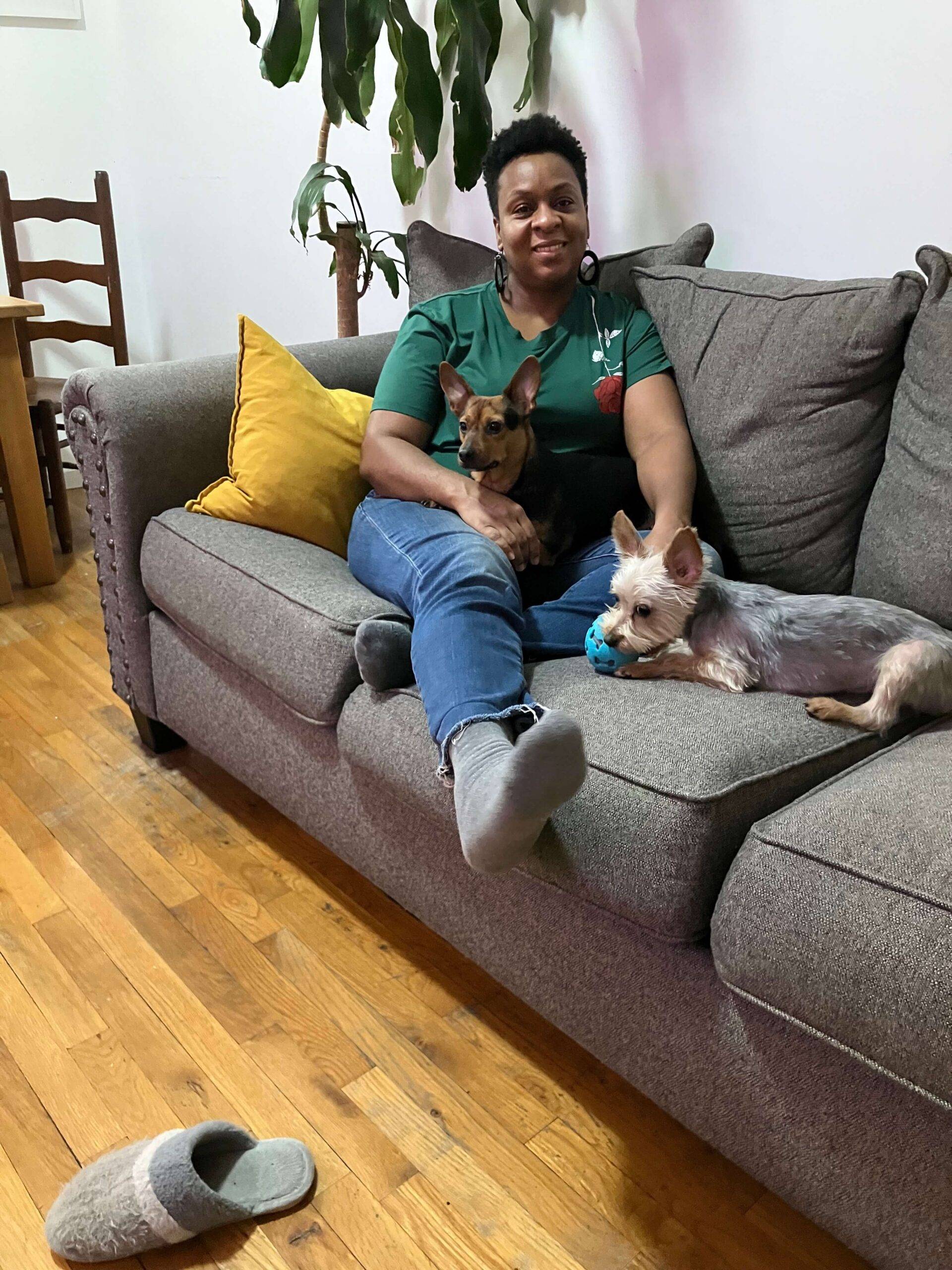
2 Comments
I would like more information please. Im 34 years old and i have been suffering alopecia areata for over 15yrs and i have to wear wigs but would Like one i can buy that fits to my head and looks natural. PLEASE HELP me im a single mother. I look forward HEARING from you soon. Thanks in advance..
Hi Holly, Links to each of the mentioned wig salons’ websites are above — plus there are some other wig salons and programs linked in my other wig-related articles of this series. (If you click my name all the way at the top, that will lead you to all the articles I’ve written and you’ll immediately see the other wig articles.)